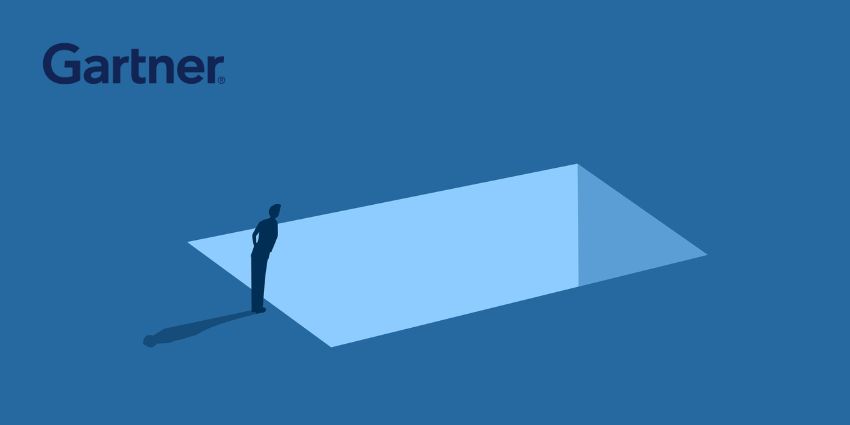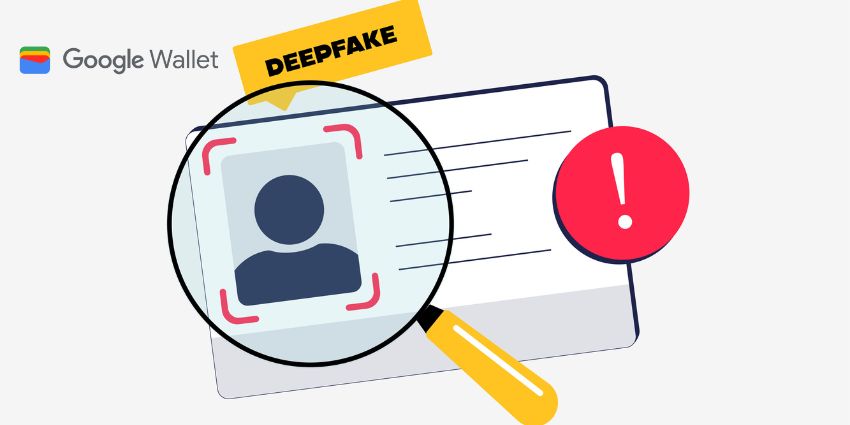Many B2B sellers are bracing themselves for a challenging period where inflation mars their ability to sell – including many prominent B2B software sellers.
For instance, as CX Today reported, HubSpot CEO Yamini Rangan admitted to facing fresh challenges from the “lengthening of deal cycles and more decision-makers getting involved.”
In addition, Marc Benioff, Co-CEO at Salesforce, said:
“Nearly everyone I’ve talked to is taking a more measured approach to their business.”
Against this more consultative, measured backdrop, customers are putting more thought into their purchases, and sellers cannot take loyalty for granted.
With this in mind, consider these five tactics to gain trust and inspire stronger customer relationships.
1. Organize a Referral Program for Existing Advocates
Gartner research has shown that most of the B2B buyer’s journey takes place before the customer contacts the vendor/supplier and that only 17 percent of the time it takes to make a purchase is spent meeting with vendors.
Also, when buyers consider more than one supplier, they may only spend five or six percent of their decision-making time with each sales rep.
As such, adding positive customer testimonials to the site and setting up a referral program can enhance this digital journey and build confidence in the business’s ability to execute.
Companies can give points or other rewards to those who write reviews and testimonials to get them to spread the word and send a small thank-you gift to customers afterward.
2. Build a Community of B2B Buyers
A brand community is a group of loyal customers whose investment in the brand goes beyond what they are sold.
As a result, they are often happy to share their perspectives with prospects and give favorable feedback on products/services.
Vendors can learn from leading B2B companies like Salesforce or Microsoft, all of whom conduct customer community events.
It is also often an excellent idea to build and leverage digital communities to better understand unique selling points (USPs) and how the brand sticks out. Knowing this may help to enhance aspects of the buying experience.
3. Create a Tiered Incentives System
Tiered systems encourage B2B customers to buy more, starting with basic incentives to encourage consumers to become members. Then, as their engagement rates improve, they unlock more benefits.
Simply put, the more points they earn, the more advantages, discounts, and other perks they unlock. On top of that, they may level up from one tier to the next by collecting more points and remaining loyal.
The possibilities for tiered incentive program methods are boundless, enabling B2B businesses to tailor their offers to their individual sales objectives.
Moreover, a tiered program compensates top buyers more generously while aligning remuneration with their contribution to the company’s success.
4. Uncover the Drivers of Customer Satisfaction
Finding out what drives customer satisfaction and maximizing those plus points is an excellent method of driving up customer sentiment and – subsequently – loyalty.
One approach is gathering customer feedback and looking for trends, learning what their ideal consumers value, anticipate, and desire.
Understanding this will assist in establishing objectives, benchmarks, messaging, and campaign tactics. It may even enable the creation of a B2B loyalty program based on facts and research.
Another recommended practice is to track all activities and their outcomes —monitoring metrics like customer turnover, complaints, satisfaction ratings, and probability of recommendations.
By doing so and – once again – looking for trends, businesses can uncover a set of best and worst practices within buying journeys.
5. Establish Multiple Engagement Channels
Modern B2B vendors must support an omnichannel experience. This offers customers multiple pathways to engage with support teams, access their accounts, and redeem membership benefits.
Loyalty management software may help, allowing users to build a repository of consumer information while interfacing with data sources, including the CRM and CXM systems.
B2B firms may then utilize APIs to transmit this data to other frontends (such as the contact center) to provide tailored and loyalty-focused customer experiences.
In Conclusion: Watch Out for These Five Types of B2B Loyalty
There are many ways to build loyalty in the B2B space and beyond. Each relates to one of these five “loyalty types”.
- Price-Induced Loyalty– Price tags are a leading factor in brand loyalty for many customers – particularly in the current economic environment.
- Relationship Loyalty– Customers benefit themselves from continuing the relationship, often through a sales agreement aimed at delivering mutual and long-term success.
- Transactional Loyalty– This sort of customer loyalty – sometimes referred to as functional or cognitive loyalty – occurs when a customer evaluates the value of a brand, product, or service and reaches a logical choice about whether or not to make a purchase.
- Emotional Loyalty– Emotional loyalty is a preference for a product, motivated by psychological cues and an emotional connection. When relationships transcend transactions and achieve genuine engagement, emotional loyalty occurs.
- True Customer Loyalty– True loyalty incorporates all these four elements.
Nonetheless, the cardinal principle is implementing a customer-centric strategy in every aspect of the business.
What do your existing customers want, and how can the seller provide the best post-purchase support?
With a clear understanding of these expectations, businesses can target one of these loyalty types.
Looking for more insights into customer loyalty? If so, check out our article: Customer Loyalty is Changing







